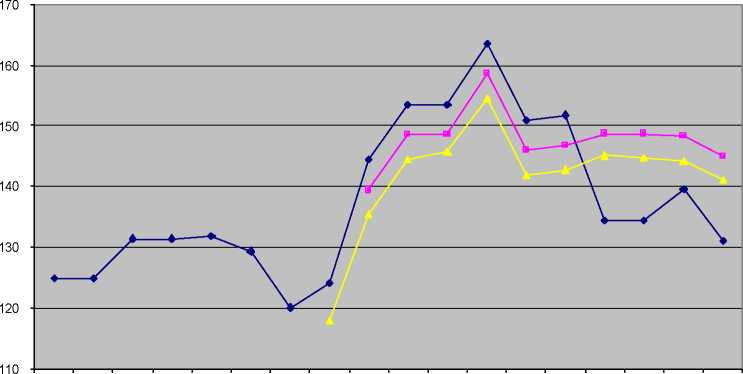Figure 5 -- Veracruz Prices for Imported Grains, November 2001 - April 2003

Nov- Dec- Jan- Feb- Mar- Apr- May- Jun- Jul- Aug- Sep- Oct- Nov- Dec- Jan- Feb- Mar- Apr-
01 01 02 02 02 02 02 02 02 02 02 02 02 02 03 03 03 03
♦ Sorghum
—≡—Cracked corn
Yellow corn
|
Nov- |
Dec- |
Jan- |
Feb- |
Mar- 02 |
Apr- |
May- |
Jun- |
Jul- |
Aug- |
Sep- |
Oct- |
Nov- |
Dec- |
Jan- |
Feb- |
Mar- |
Apr- |
|
124.9 |
124.9 |
131.4 |
131.4 |
131.8 |
129.4 |
120.1 |
124.1 |
144.4 |
153.5 |
153.5 |
163.5 |
150.9 |
151.7 |
134.4 |
134.4 |
139.5 |
131.0 |
|
139.4 |
148.5 |
148.5 |
158.5 |
145.9 |
146.7 |
148.6 |
148.6 |
148.2 |
145.0 | ||||||||
|
118.0 |
135.4 |
144.5 |
145.7 |
154.5 |
141.9 |
142.7 |
145.1 |
144.6 |
144.2 |
141.0 |
All prices are CIF.
As an animal feed, corn generates about 3 to 5 percent more energy than
sorghum. Thus, if we compare the prices of yellow corn and sorghum in
June 2002 ($118.00 and $124.50 per metric ton, respectively) and account
for a 3-percent difference in efficiency, the real price of sorghum is $127.83
($124.50 / 0.97). The resulting price difference is close to $10.00 per metric
ton, making sorghum about 8 percent more expensive than corn.
To avoid this additional cost, Mexican producers have resorted to purchasing
cracked corn, which is more expensive than yellow corn, since one must pay
$3 to $4 per metric ton for the cracking process. However, Mexican custom
law treats cracked corn as a processed feed, so under the terms of NAFTA,
cracked corn from the United States faced a duty of only 1 percent in 2002
and now enters Mexico duty-free. The increased use of cracked corn
appears to have depressed the price of imported sorghum during the first
quarter of 2003 (fig. 5).
(2) Improve Maritime Transportation Facilities. Upgrading Mexico’s
maritime facilities should provide additional opportunities to hold down feed
costs, as the mode of transportation used to import grain greatly affects its
14
More intriguing information
1. THE UNCERTAIN FUTURE OF THE MEXICAN MARKET FOR U.S. COTTON: IMPACT OF THE ELIMINATION OF TEXTILE AND CLOTHING QUOTAS2. Lending to Agribusinesses in Zambia
3. 5th and 8th grade pupils’ and teachers’ perceptions of the relationships between teaching methods, classroom ethos, and positive affective attitudes towards learning mathematics in Japan
4. Bargaining Power and Equilibrium Consumption
5. APPLICATIONS OF DUALITY THEORY TO AGRICULTURE
6. THE CHANGING RELATIONSHIP BETWEEN FEDERAL, STATE AND LOCAL GOVERNMENTS
7. Altruism and fairness in a public pension system
8. Peer Reviewed, Open Access, Free
9. Does Market Concentration Promote or Reduce New Product Introductions? Evidence from US Food Industry
10. AGRICULTURAL TRADE IN THE URUGUAY ROUND: INTO FINAL BATTLE